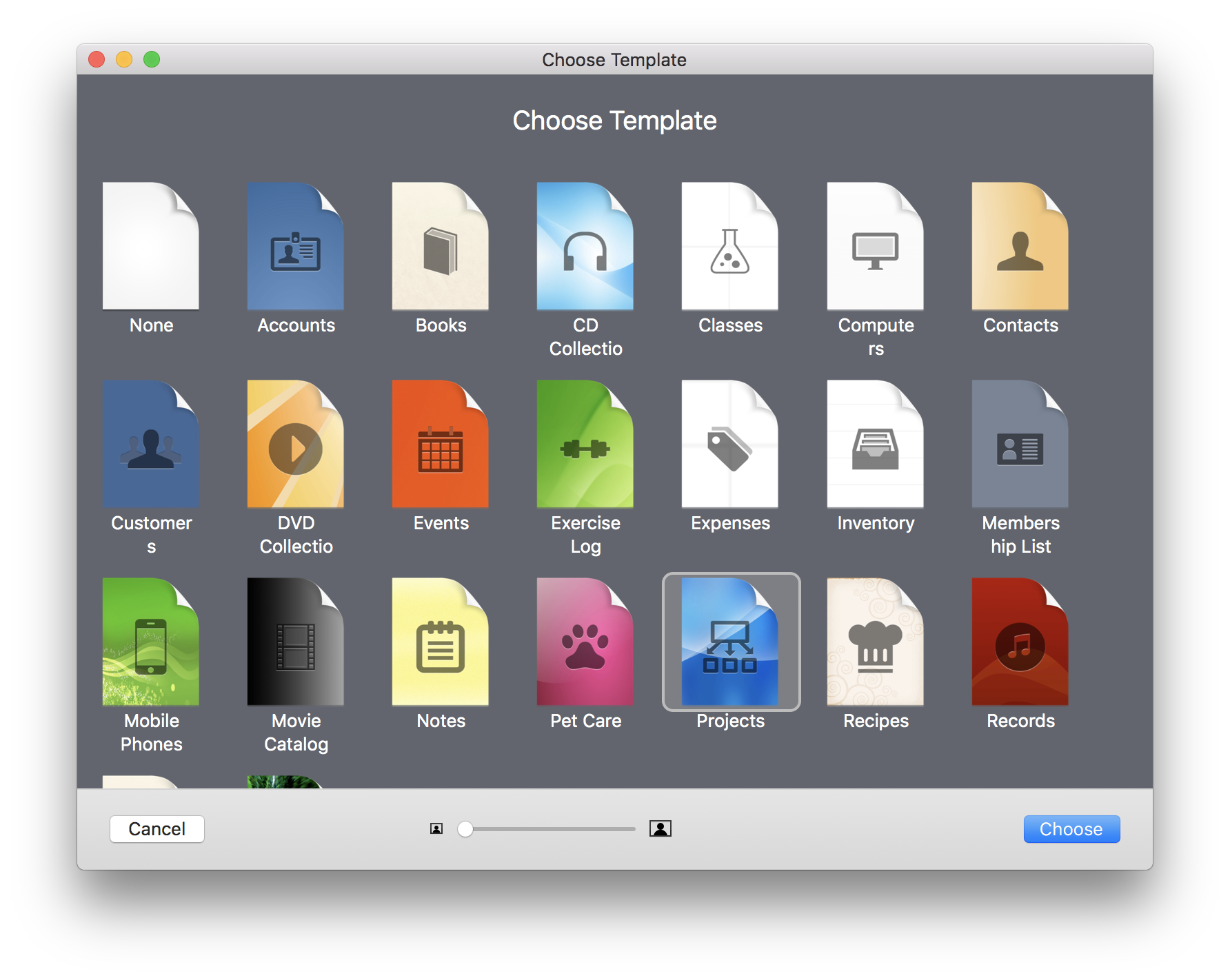Databases For Mac Os
The Best Free Database Software app downloads for Mac: MySQL Workbench MySQL Database Server OpenBase SQL JumpBox for the PostgreSQL Relational Databa. A lightweight and easy-to-use password manager. KeePass Password Safe is a free, open. The Best Free Database Software app downloads for Mac: MySQL Workbench MySQL Database Server OpenBase SQL JumpBox for the PostgreSQL Relational Databa. Do all these databases run on Mac OS servers? – mjn Jan 12 '12 at 8:06. Only Adaptive Server Anywhere is not supported on Mac (info from Sybase page), all others are supported on Mac (info from their vendors). – Lex Li Jan 12 '12 at 8:22. Oracle no longer supports MacOS servers. Probably because there are no real MacOS servers.
Mac Operating System List
File Maker Pro
FileMaker is probably the best known database application for the Mac. It has a feature set comparable to Microsoft Access, but with a strong focus on forms (layouts) as the primary way of accessing databases. Similar to Access, FileMaker stores your database logic and all the data in a single file. It also has some support for scripting, and offers options for publishing databases on the web.
However, it's also necessary to note that FileMaker is very different from Access. There is a strict distinction between application logic and the underlying tables in Access. In FileMaker, logic and data are more closely linked. The underlying tables are more or less hidden from the user, and not as easily accessible via SQL as in Access.
Bento

Bento was the entry level database application from the makers of Filemaker. Unfortunately it has been discontinued in July 2013 and is no longer available for purchase.
Open Office / Libre Office
Open Office and Libre office include a database application that tries to mimic Microsoft Access. It is difficult to use and misses many important features, such as simple import/export tools.
SQLite (using Base)
SQLite is not a full database application like Access. There are no forms or reports in SQLite, there's only your data and a simple, fast SQL engine. SQLite is used by many applications under the hood as an internal format and therefore most interesting to application developers.
A command line utility for SQLite 3 is included with every Mac, aptly named sqlite3. Most people will however prefer working with a graphical application like the excellent Base from Menial (available on the Mac App Store). Base offers a simple interface for viewing tables (with support for images) and creating custom SQL queries.
Apple Numbers and Microsoft Excel
Numbers and Excel are spreadsheet applications and thus not a replacement for Microsoft Access. However, they have good support for working with tables. If your database consists of only few tables and no forms, these apps might just do the trick. You can at least sort and filter your tables.
Converting Access Databases to Apple Numbers with MDB Viewer
Converting Access Databases to Microsoft Excel with MDB Viewer
Microsoft Access in Parallels / VMWare
If none of the above are suitable, you can always ressort to actually running Microsoft Access on your Mac using virtualisation software like Parallels Desktop or VMWare Fusion.
